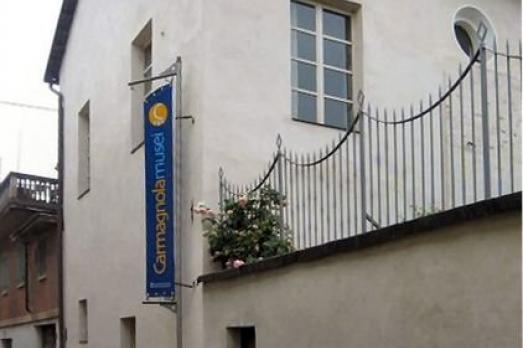
Synagogue in the Ghetto in Carmagnola
Carmagnola, IT
The Synagogue in the Ghetto in Carmagnola was built in the 18th century. This Neo-Romanesque brick building now serves as a museum.
Here you can search for a building to visit. You can use the map find destinations, or you can use the filters to search for a building based upon what different criteria.

Carmagnola, IT
The Synagogue in the Ghetto in Carmagnola was built in the 18th century. This Neo-Romanesque brick building now serves as a museum.
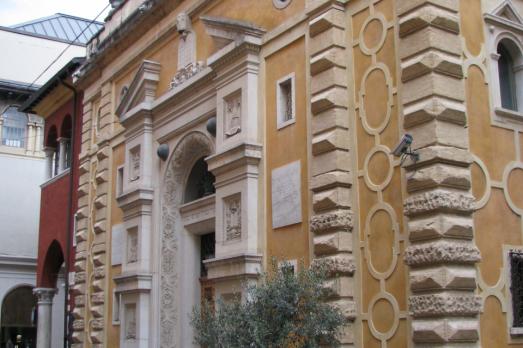
Verona, IT
The Synagogue in Verona was built in 1864 by architect Marco Treves. This Historicist stone building still serves as a synagogue.
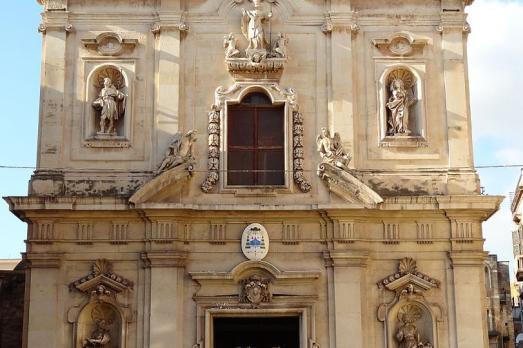
Taranto, IT
The existence of the Cathedral of Taranto was confirmed in the 7th century, but it was probably demolished to make way for a new cathedral in the 11th century. However, the old construction was not completely replaced: the longitudinal arm, enlarged and lowered, incorporated the nave with the deep apse of the Byzantine church, which remained unchanged; the altar was placed under the dome and the old nave became the transept, which was then cut off from the side naves, leaving a series of small columns that decorated the old construction. In 1713 the Baroque façade was added, the work of the Lecce architect Mauro Manieri.
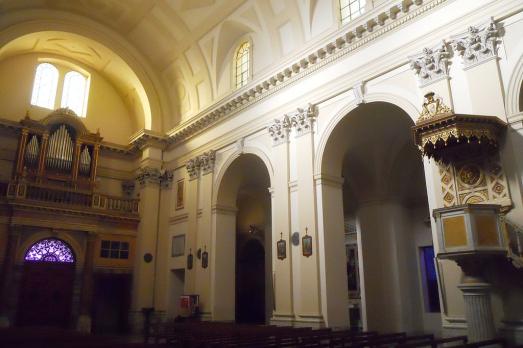
Tarquinia, IT
The Cathedral of Tarquinia was built in 1260 and was elevated to the rank of Cathedral of Corneto (former name of Tarquinia) on 5th December 1435. In the 15th century, it was enlarged by order of Bishop Bartolomeo Vitelleschi, but in 1643 it was destroyed by fire. Rebuilt in a short time, it was then restored in neoclassical style in the nineteenth century according to the plans of Francesco Dasti for the interior and Pietro Magnani for the façade; the intervention, completed in 1874, also involved the enlargement of the structure, with the addition of nine new altars. The church was consecrated in 1879 by the Bishop of Corneto and Civitavecchia Francesco Gandolfi.
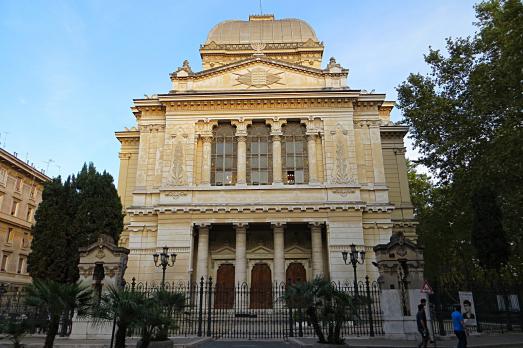
Roma, IT
The Temple Maggiore was built between 1901 and 1904 on one of the four plots of land obtained through the demolition of parts of the Rome ghetto (1555-1870). In 1889, the competition organized for the design of the new synagogue saw the distinction of Vincenzo Costa and Osvaldo Armanni with building projects mixing Assyrian, Egyptian and above all Greek elements.
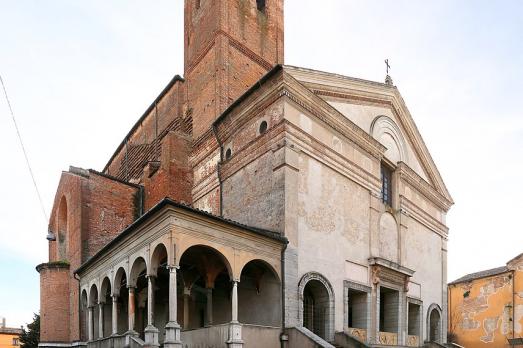
Mantova, IT
The Temple of San Sebastian was built between 1460 and 1529. The building, designed by Leon Battista Alberti (1404-1472) himself, served as the basis for Renaissance reflections on Greek cross-shaped buildings. Restored in 1926, the church is today used as a war memorial for the soldiers who fell in battle for their homeland.
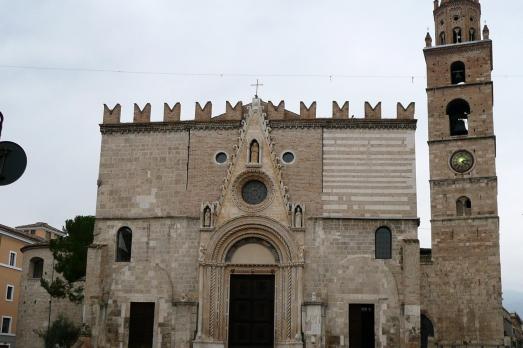
Teramo, IT
The cathedral of Teramo was built in the Romano-Gothic style between 1158 and 1176. The church was started in 1158, on the order of Bishop Guido II of Teramo, to house the relics of St. Berardo after the destruction of the ancient cathedral of Teramo, Santa Maria Aprutensis, in 1155. In 1331-1335 Bishop Niccolò degli Arcioni had extensively modified the building. The northern part was enlarged to the detriment of the three apses, which were removed. The new building was offset. In the 18th century, the church was modified to adapt it to the Baroque style. The columns and the six Romanesque bays were replaced by two domes, supported by pillars; the naves were lowered, the interior was decorated in stucco and two portals were opened on the sides of the main portal. In the 1930s, a restoration was carried out to restore the church to its original medieval appearance.
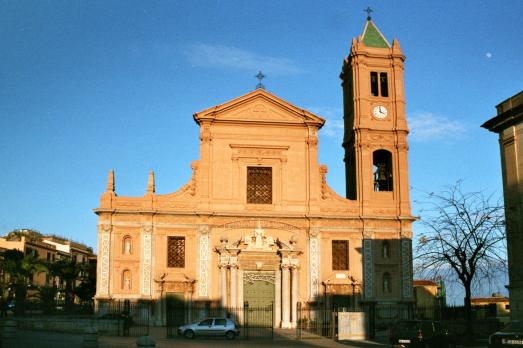
Termini Imerese, IT
Originally built before the year 1000, Termini Imerese Cathedral was rebuilt in 1604 in a larger form. In 1802, the barrel vaults of the central nave and transept were decorated, as well as the walls of the large central chapel.
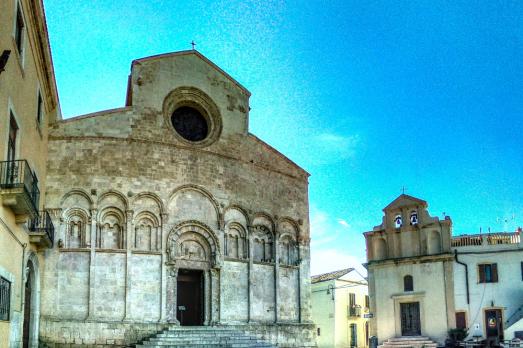
Termoli, IT
The cathedral of Termoli was built in 1037 on the remains of what was once a pagan temple dedicated to Castor and Pollux. The present building was constructed between the 12th and 13th centuries. The cathedral underwent some changes after the earthquake of 1464 and the Turkish attack of 1566. During further works in 1760 and 1962, the relics of St Bass and St Timothy, the patron saints of the city, were found.
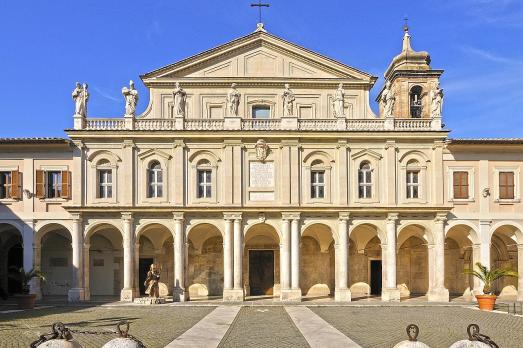
Terni, IT
Local tradition tells us that the first cathedral of Terni, corresponding to the crypt, was built on the remains of a pagan Roman temple by the holy bishop Anastasius of Terni in the 6th century. In the 9th century, renovation work was carried out on the crypt and the cathedral, which was resumed in the 12th century. Little remains of the Romanesque cathedral today, due to the modernisation work carried out in the 16th and 17th centuries according to the tastes of the time.

new
Bodø has evolved from a picturesque fishing village to a bustling cultural epicentre in the northeastern Norwegian county of Nordland. Here is a list of the top churches to visit in Bodø, the only European Capital of Culture above the Arctic Circle.

The small Austrian spa town of Bad Ischl is known for its beautiful nature and peaceful atmosphere. Emperor Franz Joseph I of Habsburg, described it as an "earthly paradise". Here is a list of religious heritage sites you should visit.
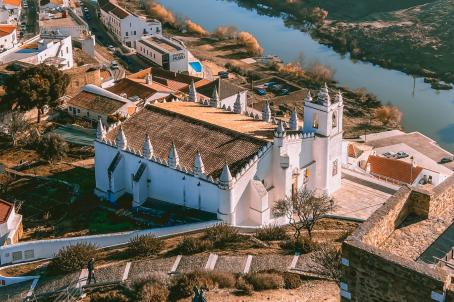
History is full of examples of temples converted to serve another religion. Here are 4 Christian places of worship that were important mosques in the past. Did you know them all?